The start-up using DNA to police global trade bans on commodities
This tech player uses a dash of CSI to prove that wheat, gold and diamonds are free from sanctions.
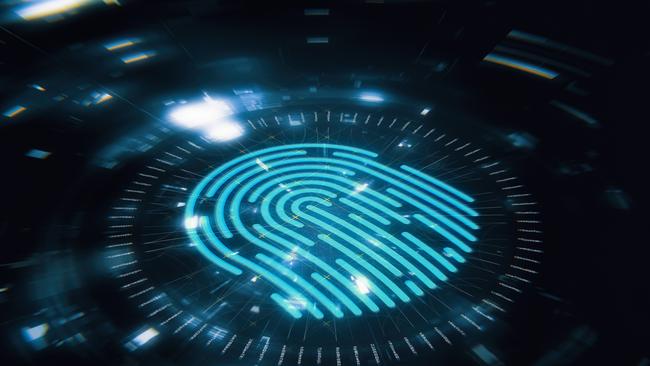
In the mix of global trade an Australian start-up is using its DNA technology to prove a kernel of wheat or an ounce of gold has not been sold under trade sanctions.
And with rising pressure on farmers to prove their products come from clean and green sources or that miners aren’t tainted with exploitation and war, this Perth-based tech company is finding itself in increasing demand.
Cameron Scadding, chief executive of Source Certain, says everything in its unprocessed form – even minerals – has a “fingerprint” which can be traced to where it is from.
Scadding, who has a background in forensic investigation, has developed so-called provenance technology that allows his customers to prove the authenticity of food or minerals at any point in the supply chain. This technology cuts through labelling or tracking data to give a geographic snapshot of a product.
Scadding says nearly all unprocessed materials have a fingerprint. And the rise of trade bans following the outbreak of war between Russia and Ukraine has put more focus on the exclusion of commodities across the supply chain.
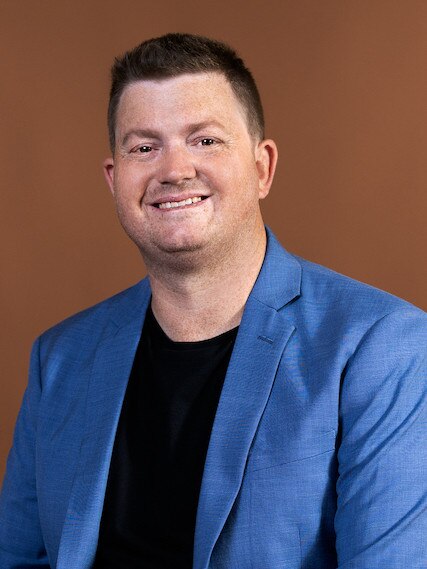
“Effectively what Russia has done is put premiumisation, by virtue of provenance, on a range of products around the world. And it’s not fetching a premium because it’s better, it’s going to carry a premium, because it’s not Russian”
He says digital certificates – including blockchain – can be difficult to implement because all the myriad of different stakeholders in the supply chain need to talk to each other and be in alignment around the same technology.
But Scadding says that his process can step in at any part of the supply chain to verify where a product is coming from.
“You need to be able to absolutely trust the claims that have been made, because if you don’t then it’s either going to be subject to fraud or there’s a whole heap of greenwashing or whitewash or whatever you want to call it happening inside the supply chain,” Scadding says.
To use gold as an example, as it becomes a solid metal over time it drags into it information including elements and isotopes about its environment.
“Those elements and isotopes are a direct reflection of that very specific location where it happened. So what we’ve done is we’ve found a way, not just a gold, but a whole range of other things, to determine what those elements, isotopes and molecules are – like markers – and build that into an elemental fingerprint”.
“That elemental fingerprint is a direct representation of where it came from – just like our own fingerprint,” he says.
The application can be applied to grains, seafood or beef. It can also be used for every mineral element and to trace oil.
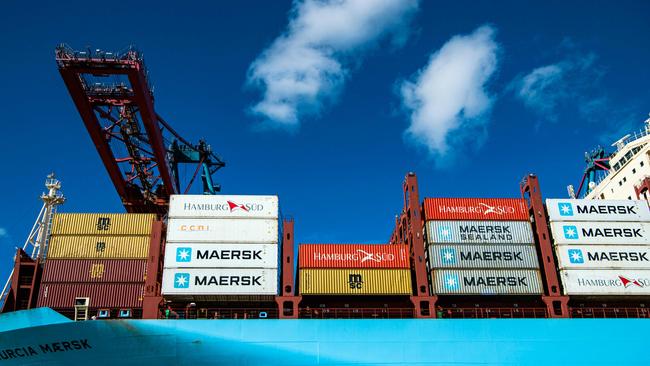
In agriculture this could relate to different prawn farms or wheat growing regions. And like Google Maps drilling down into finer detail, each farm carries its own fingerprint or it can be broken down to even smaller detail.
For example, Scadding says each pond on a barramundi farm has its own unique fingerprint, or on a chicken farm each shed could have its own markers.
“We found a way to determine those and you need to build this forensic provenance database, you need to know what those fingerprints are,” he says.
Initially the demands for Source Certain came in agriculture, particularly the Australian seafood industry which has taken a lead role in defining its products such as prawns or fish as being locally harvested. This has also helped eliminate local producers being undercut by foreign imports claiming to be Australian products.
“We’ve had really good success with respect to making sure that stuff that’s labelled ‘Australian prawns’ is actually Australian. The seafood industry, to their credit, took a really strong leadership position and said, We’re going to go for it. And they positioned themselves really well, because of it,” he says.
Other demands are coming from diamond miners – including lab grown diamonds – to verify the gem isn’t a “blood diamond” mined in a war zone or from an area where labour is being exploited.
A new area of growth is lithium, which is used in the production of electric vehicle batteries.
Scadding says Australia has a substantial opportunity here because it already supplies a significant amount of lithium to the world.
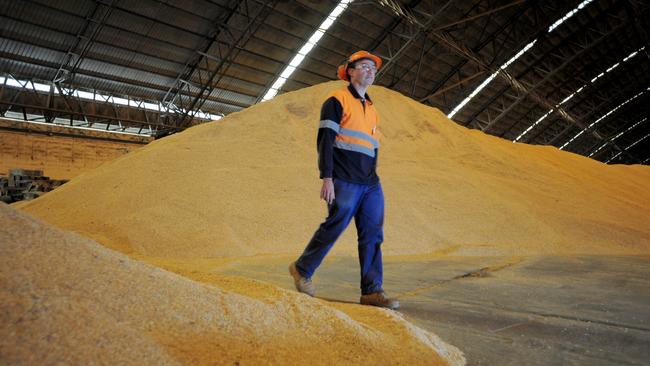
“Because of our governance frameworks, our regulatory frameworks, it actually comes out of Australia in pretty good shape from an ethical and social perspective, and an environmental one, frankly, because of the regulations that are around it”.
Global car makers and component manufacturers are working with Source Certain looking to build a “trusted supply chain” which remains a major selling point.
The tech player is eyeing an ASX listing which will help fund its expansion including on Australia’s east coast as well as interest from US clients. While it has put in the groundwork for the process it hasn’t yet settled on a time frame for an IPO. Scadding says his long term investors are patient and have already backed the construction of a bigger hi-tech lab facility which is almost finalised.
Despite the recent challenges of the WA border closures, Scadding says he is getting access to good tech talent even to the point of looking at ways to accommodate additional applicants that have come in. He sees his company as helping to play a role in developing a technology industry in the west.
“WA is pretty good at minerals. And it’s pretty good at agriculture. But we are average at tech. And we sit across that real world versus technology space. For people that work here we’re not just a lab processing samples we are out in the real world in the field.”
Myer’s Sydney plan
This weekend has been shaping up as a key test for Myer boss John King. After being drained by Covid lockdowns, CBDs are starting to fill with students and workers, tourists are arriving and it was relatively rain free in Sydney for the first time in weeks.
King was speaking as Myer resumed paying dividends for the first time since 2017 after delivering sales growth of 8.5 per cent during the December half to just over $1.5bn. The retailer posted a 21 per cent drop in interim profit to $32.3m, with the previous reporting period inflated by JobKeeper payments.
King for one remains a believer in Australia’s CBDs, with plans now underway to refurbish the retailer’s Pitt Street Mall store in Sydney which is starting to show its age. He noted the refurbished Melbourne Bourke Street Mall store, which was often a symbol of an empty city during lockdown, is recovering quickly.
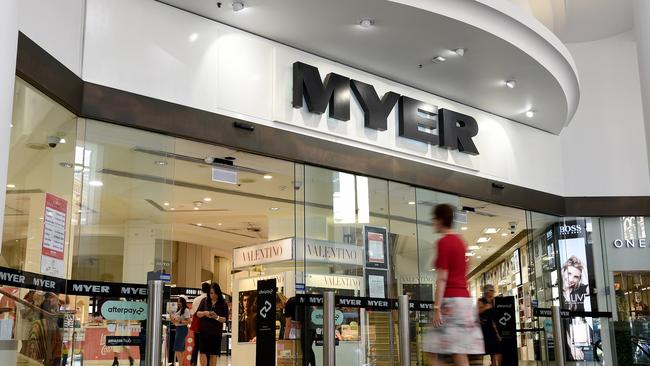
“We saw during the first sort of early stages of the pandemic, big swing out CBDs because no one was in them to regional and suburban stores.
“We’re starting to see the CBD return as people come back into the office even if it’s two or three days a week, and also students and tourists.
“Sydney is the one CBD store that we need to really refurbish and we’re having conversations with the landlord about doing that. We’ve got big plans for Sydney,” he says.
“Melbourne has recovered. It was probably the worst hit initially but now it is the quickest to recover.”
Any refurbishment of Sydney will be with King’s push for smaller stores, to make the existing store more productive in terms of sales per square metre.
Myer shares rallied on the release of its results last Thursday with its shares up 12 per cent so far this calendar year. This compares with the broader S&P/ASX 200 which is down nearly 7 per cent.







To join the conversation, please log in. Don't have an account? Register
Join the conversation, you are commenting as Logout